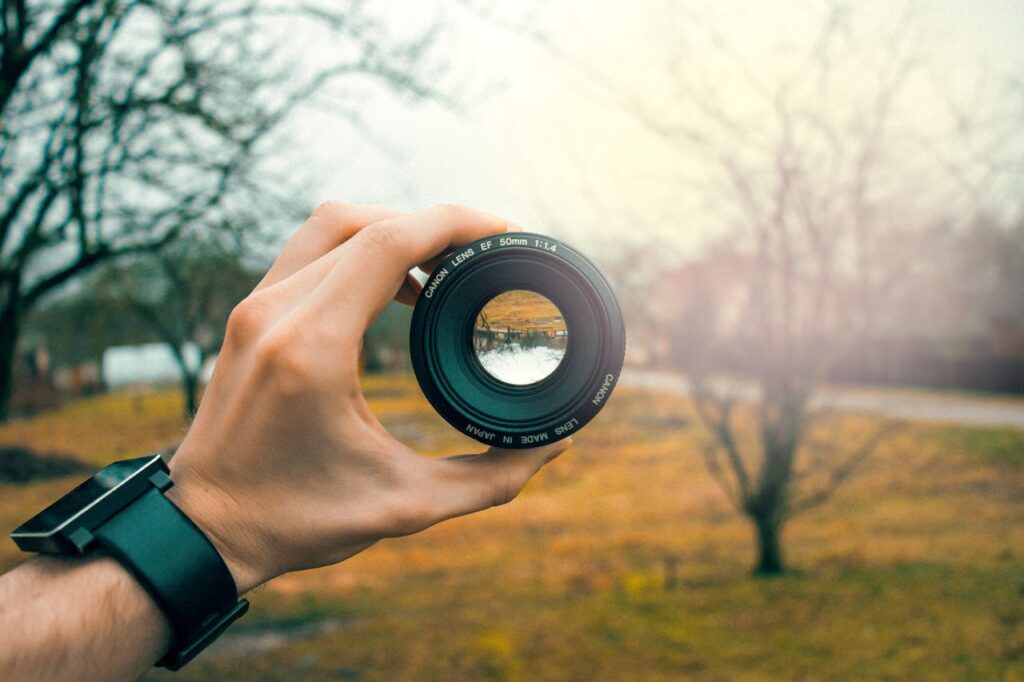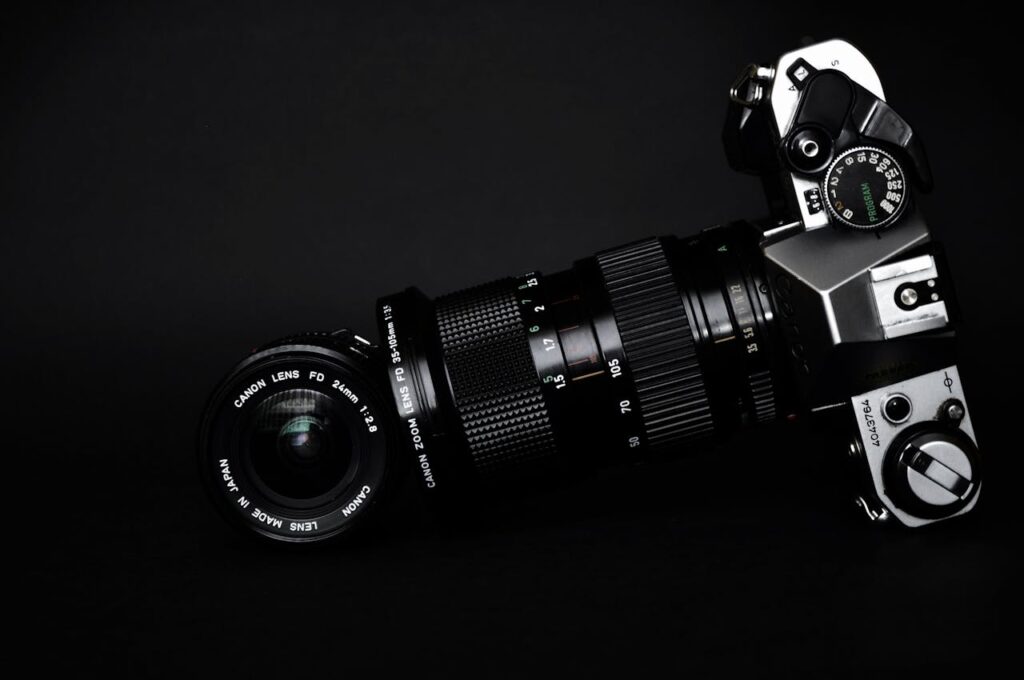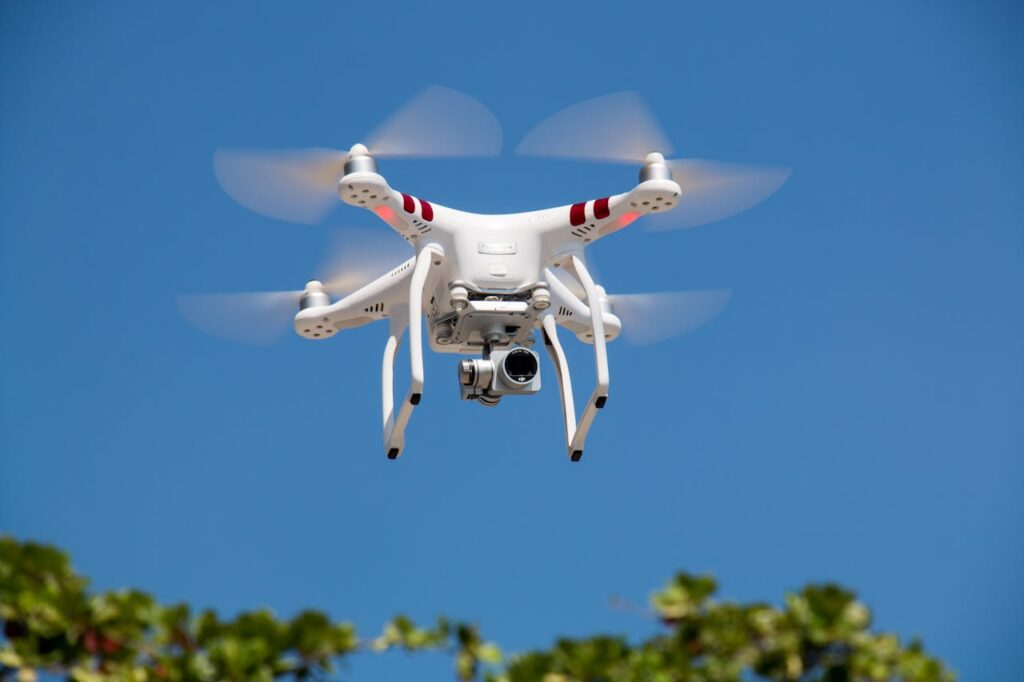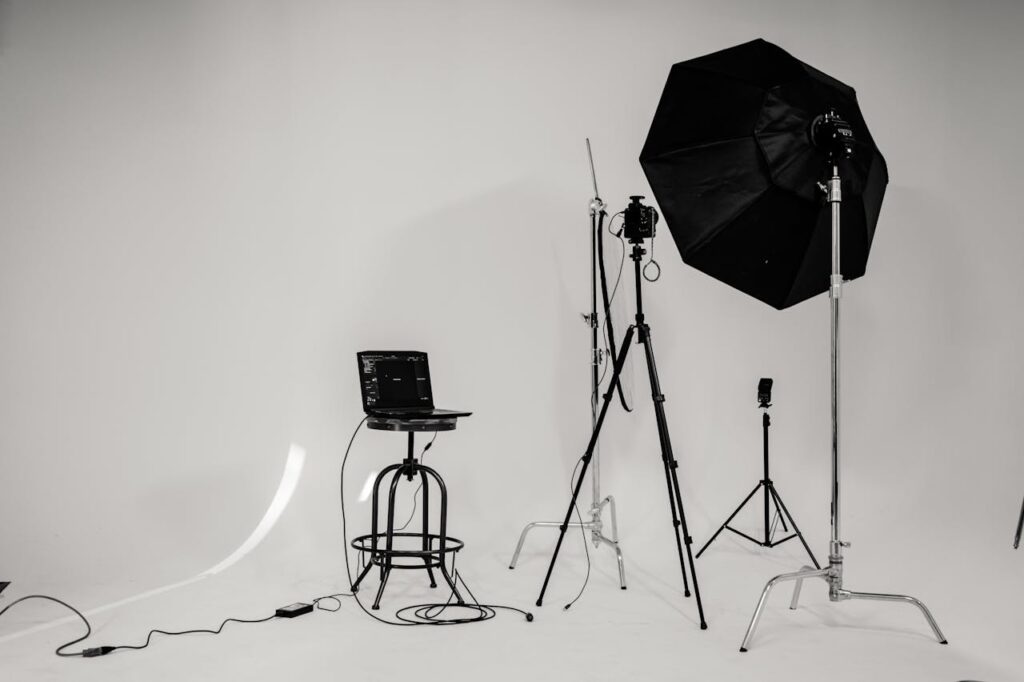In the heart of a quaint town known for its picturesque landscapes and timeless charm, Amelia, a passionate photographer and history enthusiast, embarked on a journey to explore the evolution of photography. Her curiosity was sparked by a dusty old camera she had discovered in her grandmother’s attic—a relic from a bygone era that piqued her interest in how this art form had transformed over the decades.

The Dawn of Photography: Capturing Light
Amelia’s journey began in the early 19th century, a period when photography was born. The story began with Joseph Nicéphore Niépce, who in 1826, created the world’s first photograph. The process, known as heliography, involved a laborious exposure of eight hours, resulting in a grainy image on a metal plate. This moment was a triumph of ingenuity, capturing a fleeting glimpse of the world in a way that had never been achieved before.
As Amelia delved deeper, she discovered the contributions of Louis Daguerre, who refined the process into what became known as the daguerreotype. This early photographic technique, introduced in 1839, allowed for more detailed and permanent images, albeit with exposure times still measured in minutes. Daguerreotypes were an intricate art, requiring meticulous attention to detail, and they quickly became popular among portraitists and historians.

The Advent of Film: Revolutionizing Accessibility
Amelia’s exploration led her to the late 19th and early 20th centuries, a time when photography was evolving rapidly. The invention of film by George Eastman in 1888 marked a turning point. Eastman’s Kodak camera was revolutionary—portable, easy to use, and designed for the masses. The phrase “You press the button, we do the rest” encapsulated the promise of this new technology. For the first time, ordinary people could capture moments without needing specialized knowledge or expensive equipment.
As Amelia held a vintage Kodak Brownie in her hands, she marveled at how this simple box camera democratized photography, making it accessible to everyone. Film photography dominated the 20th century, with Kodak and other manufacturers introducing new films and cameras, expanding the possibilities of capturing memories.

The Rise of Digital Photography: The New Frontier
Transitioning to the late 20th and early 21st centuries, Amelia’s research illuminated the dawn of digital photography. The introduction of the digital camera brought a paradigm shift, transforming the way images were captured and shared. The first digital cameras, such as the Kodak DCS 100 in 1991, were expensive and primarily used by professionals. However, as technology advanced, digital cameras became more affordable and accessible to the general public.
Amelia marveled at the rapid advancements in digital technology. The shift from film to digital allowed for immediate image review, high-resolution captures, and endless possibilities for editing and sharing. The advent of digital photography also saw the rise of social media platforms, which revolutionized the way people shared their photographs with the world. Websites like Flickr and later Instagram created new spaces for photographers of all skill levels to showcase their work and connect with others.

The Era of Smartphone Photography: Ubiquitous Imaging
In her exploration, Amelia encountered the next great leap in photography—the rise of smartphone cameras. With each new generation of smartphones, camera technology improved, bringing high-quality imaging capabilities to the palm of one’s hand. The introduction of smartphones equipped with advanced lenses and sensors transformed everyday moments into opportunities for stunning photography.
Amelia was fascinated by how smartphone cameras democratized photography even further. No longer did one need a dedicated camera to capture high-quality images. The ability to instantly share photos on social media platforms meant that photography had become an integral part of daily life for millions around the globe.

The Present and Beyond: Photography’s Future
As Amelia’s journey concluded, she looked toward the present and future of photography. The advent of mirrorless cameras, with their compact designs and advanced features, showcased the ongoing innovation in the field. Features like artificial intelligence, real-time image processing, and augmented reality were pushing the boundaries of what photography could achieve.
The rise of computational photography, where software plays a crucial role in image processing, was particularly intriguing. With technologies like HDR, portrait mode, and image stabilization becoming standard, the line between professional and amateur photography was increasingly blurred.

Reflecting on the Evolution
Amelia’s exploration of photography’s evolution revealed a rich tapestry of technological advancements and cultural shifts. From the early daguerreotypes to the latest smartphone cameras, each stage in photography’s development had its own unique impact on how we capture and perceive the world.
Reflecting on her journey, Amelia realized that photography was more than just a technical process—it was a means of connecting with people, preserving moments, and telling stories. The evolution of photography mirrored our own progress as a society, from the initial quest to capture light to the current exploration of digital and computational possibilities.

In conclusion, the story of photography is one of innovation, accessibility, and personal expression. As Amelia closed the final result of her research, she felt a deep appreciation for the art form’s journey and its role in shaping how we experience and remember the world around us.